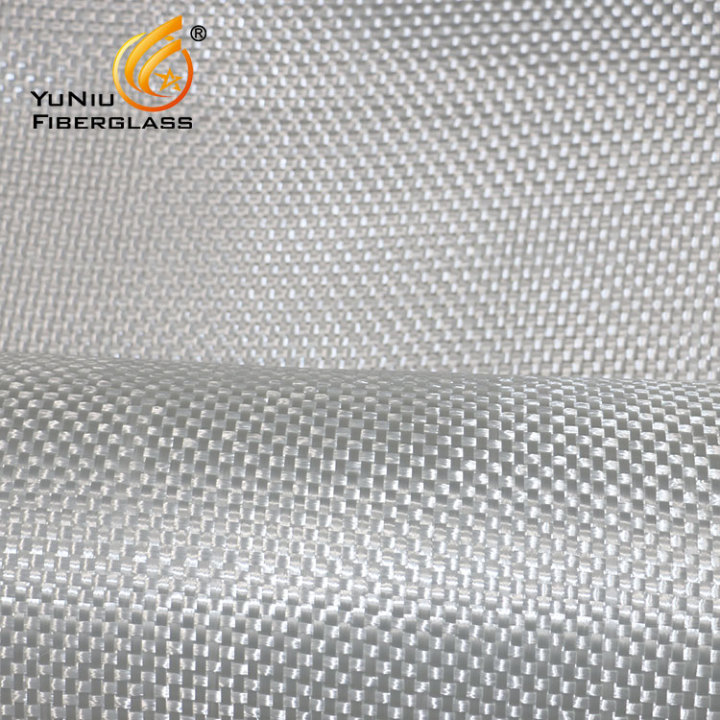Metal Mesh
Metal mesh is the toughest option and can, therefore, be used in the toughest situations. Metal mesh options include woven such as chicken wire, welded wire or expanded (a single sheet of metal cut into an expanded lattice), with their strength and stiffness benefiting commercial and industrial rendering or flooring. Stapled to the foundation wall, the mesh gives a tough grid for your render to lock into, ensuring the rendered surface’s integrity. While the mesh can be a bit harder to work with, you will also need to be aware of potential moisture, as some types can rust or oxidise, creating staining that will seep through your render.
Fibreglass Mesh
Fibreglass mesh is, perhaps, the most versatile form of mesh as it can be used internally or externally, offers flexibility, won’t rust and discolour your render, and provides a solid barrier against pests and even mildew. While it doesn’t have the increased strength of metal mesh, it can be a little tricky to work with, and hence requires gloves.
Plastic Mesh
Plastic mesh is particularly good when you want a smooth finish over an interior surface. Much finer and lighter than metal mesh, it is the perfect accessory for feature walls and alongside an acrylic render, offering flexibility and excellent resilience to cracking. Plastic mesh also provides some integrity to the entire surface, spreading the weight of wall hangings, hooks and artwork. Though not failsafe for this purpose, it is much stronger than plaster alone.
Mesh Tape
Mesh tape is mostly an adhesive woven fibreglass tape, which is frequently used in repairs but can also be used for ensuring crack resistance around structural joints. Small cracks and holes can be plastered over, but larger areas need some structure. Where other forms of mesh require embedding into the surrounding render, mesh tape can simply be stuck across the damage before plastering.
Post time: Jul-17-2021
